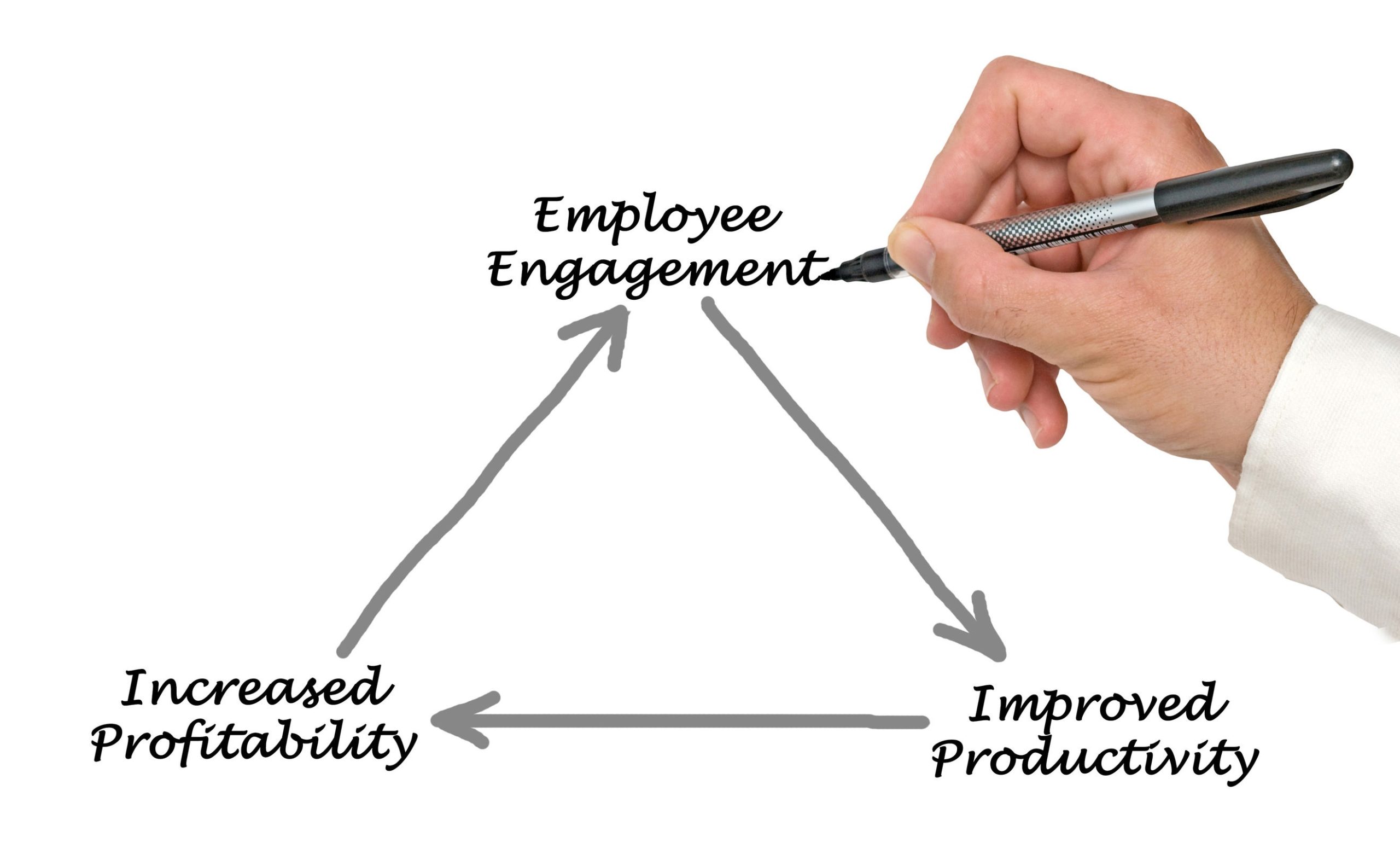This is the question many businesses are struggling with now that shelter-in-place restrictions have been eased. Many business owners and leaders are getting pushback from their employees about returning to the office. Now that they’ve had a taste of remote working, many people are expressing a desire to continue working from home at least some if not all of the time. Studies have shown that productivity and job satisfaction increases when employees are given the option to work remotely – but only up to a certain number of days. Cindi Filer, founder of Innovative Outsourcing, recently spoke to our webinar guests about how to avoid the pitfalls of a remote workforce. She shared that a recent Gallup study indicated that 35 percent of employees want to work only remotely from now on. And 68 percent of organizations will “probably or definitely” adopt work-from-home flexibility for all workers. Business owners need to understand the possible threat of reduced productivity that remote working presents and evaluate whether they are prepared and capable of keeping their employees’ productivity optimized for the long haul.
Employee Engagement/Productivity
Even before the pandemic, only 30 percent of employees felt they were engaged at work. That’s a pretty low percentage. If engagement equals productivity, business owners will need to determine how remote working will affect employee engagement and find creative ways to keep their staff active and plugged in.
It’s been shown that when employees can work remotely up to three or four days per week, the right employees might be 12 percent more productive. Remote working – away from the distractions of the office – allows people time to do focused, heads-down work.

On the flip side, active disengagement increases when employees spend 80 to 100 percent of their time working remotely. Shelter-in-place directives because of COVID-19 left businesses with no choice but to have their employees work remotely. Many even found that there wasn’t a dip in productivity during the weeks their staff has been at home. But Cindi warned that this is a lot like a honeymoon phase and that companies thinking about implementing a 100-percent WFH strategy could see a drop in engagement down the road. The sweet spot, she said, is probably allowing staff to work remotely up to three days per week.
A possible reason for this is remote workers don’t get the attention and feedback from their managers. Employee engagement is a direct correlation to the effectiveness of the manager. Therefore it is imperative that managers remain in constant contact with their direct reports who are working remotely. The number one factor in promoting healthy engagement among employees is communication. When it comes to remote workers, over-communication is a good thing.
Cindi encourages her clients to have five-minute huddles either every morning or every other morning so team members can state three things: what they accomplished yesterday, what’s on their plate for the day and what obstacles need to be removed so they can be productive. She also suggests that managers have weekly check-ins with their direct reports. Here is where managers find out what’s working, what’s not, how the employee is doing – not just with work, but in life. Connecting with employees on a more personal – but not intrusive – level increases engagement.
Hearing from the CEO or business owner also keeps the lines of communication open and eases the anxiety that comes from uncertain circumstances. Employees need to hear from the leaders. Otherwise, staff members will create their own narrative if none is provided from the top.
So what should an employer consider when deciding whether to offer flexible working options? Cindi suggests taking a close look at the following:
The Role
You have to consider if the role is suited for remote work. Some questions to ask yourself are:
- Are the tasks and processes well defined? If so, a person performing those tasks might be capable of working remotely.
- Does the role require highly interdependent work for success? Is the collaborative nature of being on a team onsite what makes the role valuable?
- Does the role require strict supervision? Some entry-level roles will require more supervision and therefore might not be well suited for remote work.
The Team
- Is it important for us to all be together? Do we spend our time working collaboratively as an organization? If the answer is yes, then remote working might not be an ideal situation for your company.
- Can your employees trust their peers? If you were to ask your employees if they can trust that their co-workers and teammates would toe the line, would you get a green light or a red light? If it’s green, then that would be a good opportunity for remote work. If it’s red, then this is a good opportunity to dig in and find out why it’s red.
- Has your management team been trained properly on how to manage remotely?

The Individual
- Are they hungry? Is this a person that is excited about work and self-motivated? Someone who is a go-getter is cut out for remote work.
- Do they stress and worry a lot? These people are worried that their work won’t be seen by their managers and feel like they are at risk of being overlooked. Someone like this might not be a good candidate for remote work.
- Do their life circumstances promote a good WFH atmosphere? Not all people want to work from home. Distractions at home might prevent them from performing at an optimal level.
- What are their strengths? Someone who is an extrovert and enjoys being around others will soon feel isolated in a WFH environment. They might be able to do a great job, but in the long-run, they would hate it and miss the interaction that an office environment provides.
- What is their desire to work remotely? Looking back at the previous statistic that 35 percent of employees want to work remotely on a full-time basis means that a clear majority craves the ability to report to the office some if not all of the time.
What’s Next?
Once you’ve carefully considered everything and have settled on a WFH strategy, how is the best way to execute it? With the uncertainty of COVID-19, flexibility is going to be crucial. Social distancing might require you to have half of your staff report to the office on Mondays and Tuesdays while the other comes in on Wednesdays and Fridays. There are too many unknowns about the virus so at any moment we could be directed to shelter in place again. In which case businesses need to be flexible to avoid major disruptions.
How you communicate to your team will set the groundwork for a successful remote work policy.
- Create clarity. You’ll want to explain why you made the decision you’ve made.
- Provide a written remote work policy and have your employees sign it.
- Lead well! Make sure your managers and leadership team are all on board and delivering the same message to staff members.
- Stay engaged. Remember that engagement = productivity. We’re all in business to thrive and produce so keeping those remote employees engaged is paramount to your company’s success.
- Evaluate often. Monthly or quarterly ask yourself and your staff how the WFH policy is working. You don’t want to create a once-and-done policy. Working from home is new territory for many businesses so it’s important to evaluate how it is benefiting or hindering your business.
The decision to work from home or not extends far beyond the technical boundaries of an organization. It’s not a decision to be taken lightly as productivity could suffer if not properly thought out or executed.
You can view the webinar HERE.

